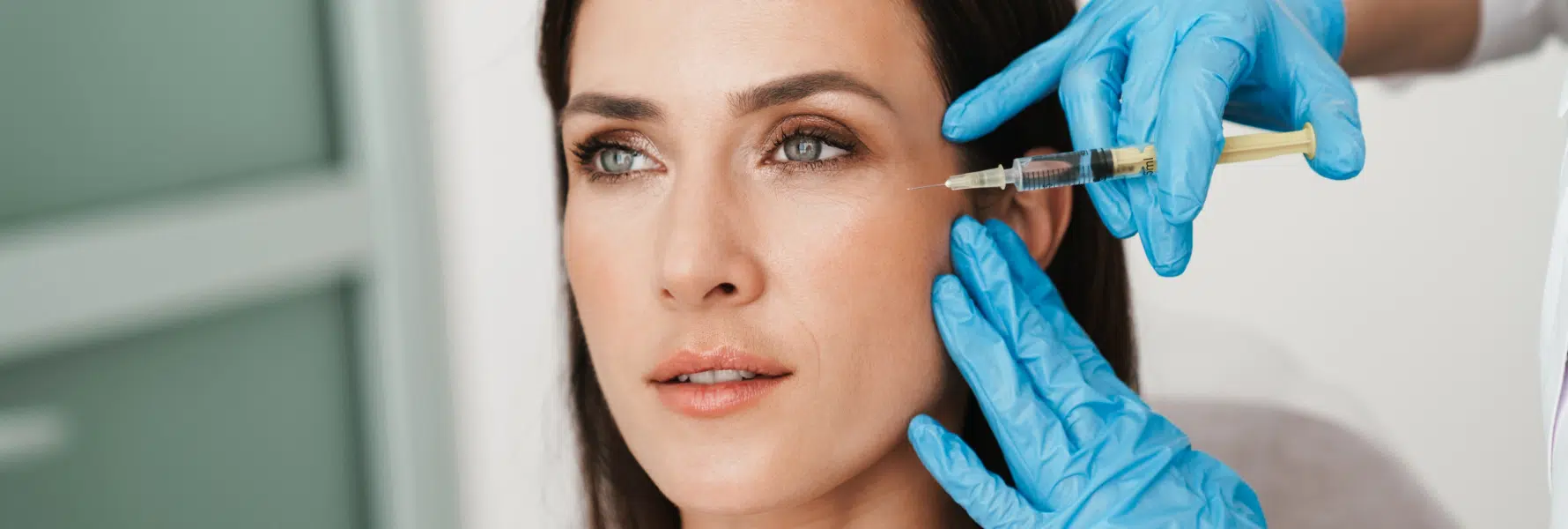Botox has been primarily used as a cosmetic treatment for wrinkles and lines on the face. However, the botulinum toxin that Botox is derived from actually has a long history of medically therapeutic uses.
Largely due to its minimally invasive nature, the use of Botox in dentistry is expanding to treat dental conditions like high lip lines, Temporomandibular Joint Disorder, Bruxism, Myofacial pain, Facial Trigger points, etc.
- Patients dealing with Temporomandibular Joint Disorder can benefit from Botox injections, as well. TMJ disorders can cause severe pain from hyperactivity of the muscles and treatment options have been limited in the past. Now, Botox can simply relax these muscles and dental professionals can offer quick and efficient pain relief.
- Bruxism can also be minimized with Botox treatments by reducing the force of the muscular contractions involved. These injections can make a useful adjunct therapy to night guard appliances.
- Since Botox is minimally invasive, it’s becoming a great tool for certain dental treatments. In fact, Botox has already been shown to help with the management of muscle-generated dental diseases like bruxism, clenching, masseter hypertrophy, Temporomandibular disorders, and to treat functional or aesthetic dental conditions like high lip lines, nasolabial folds and radial lip lines.
